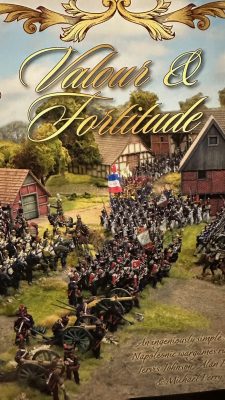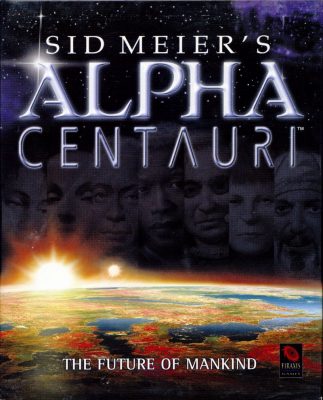Retrospective of Civilization Board Games (Part Two)
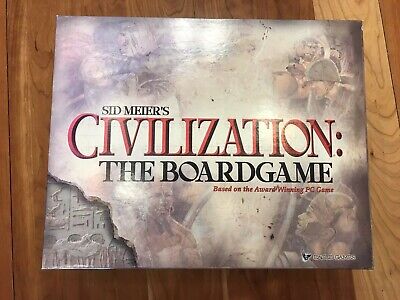 — Create a civilization to stand the test of time!
— Create a civilization to stand the test of time!
By Patrick S. Baker
Moves: Legal and Business
In 1996, MicroProse released Sid Meier’s Civilization II (Civ II) for the personal computer (PC) and Avalon Hill then sued MicroProse over the use of the name, Civilization, asserting they had reclaimed the previously licensed copyright. As this lawsuit worked through the legal system, Activision released Civilization: Call to Power, also for the PC, in 1998. This set off a three-sided legal battle over the use of the name. At the same time “the video game industry … was like the Wild West, with companies starting up, closing, buying and selling other companies, and also trading, assigning and purchasing Intellectual Properties (IPs) at a furious rate.”

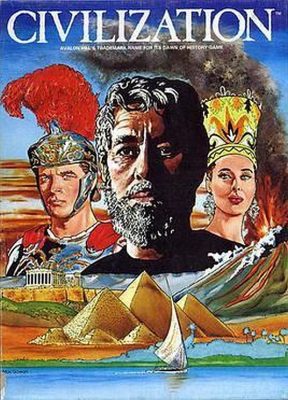
 In 2020 a group of veteran game designers kicked off the initial Zenobia contest. This is a competition that mentors historical game designers who are underrepresented within the gaming community. Contestants will have a chance to state why they feel that their community needs a voice within the design space.
In 2020 a group of veteran game designers kicked off the initial Zenobia contest. This is a competition that mentors historical game designers who are underrepresented within the gaming community. Contestants will have a chance to state why they feel that their community needs a voice within the design space.
 “Flawed on every fundamental level, Dr. Jekyll and Mr. Hyde is possibly the most unplayable garbage available on the Nintendo Entertainment System.” — Game Informer
“Flawed on every fundamental level, Dr. Jekyll and Mr. Hyde is possibly the most unplayable garbage available on the Nintendo Entertainment System.” — Game Informer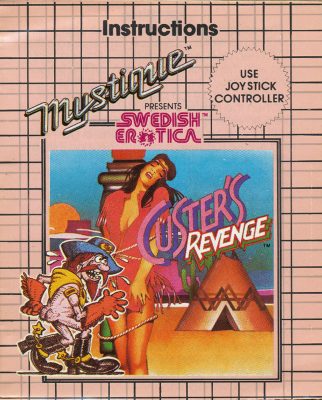 “This game is so bad it makes Superman 64 look like Doom.” — anonymous game reviewer
“This game is so bad it makes Superman 64 look like Doom.” — anonymous game reviewer

